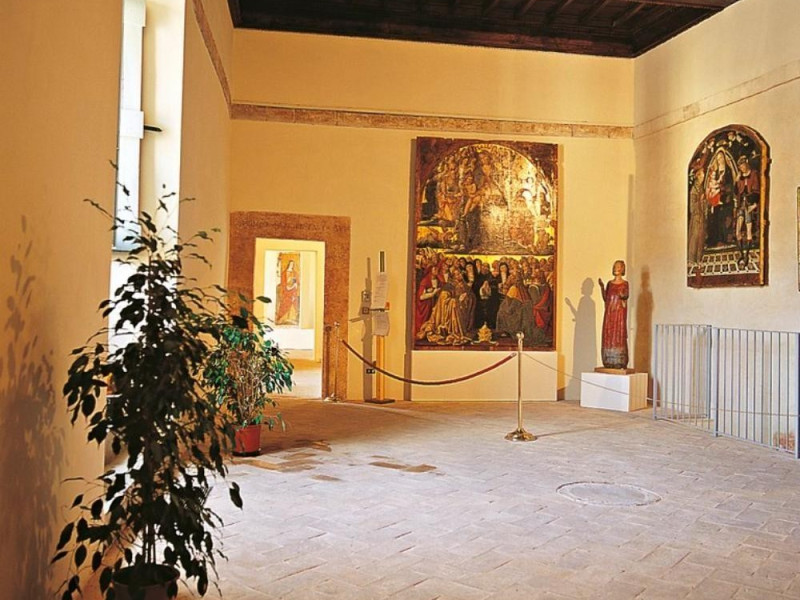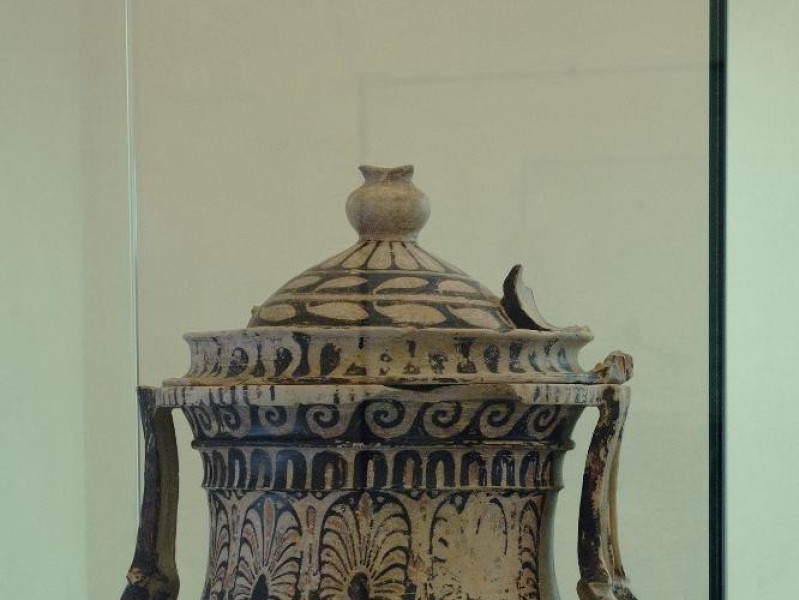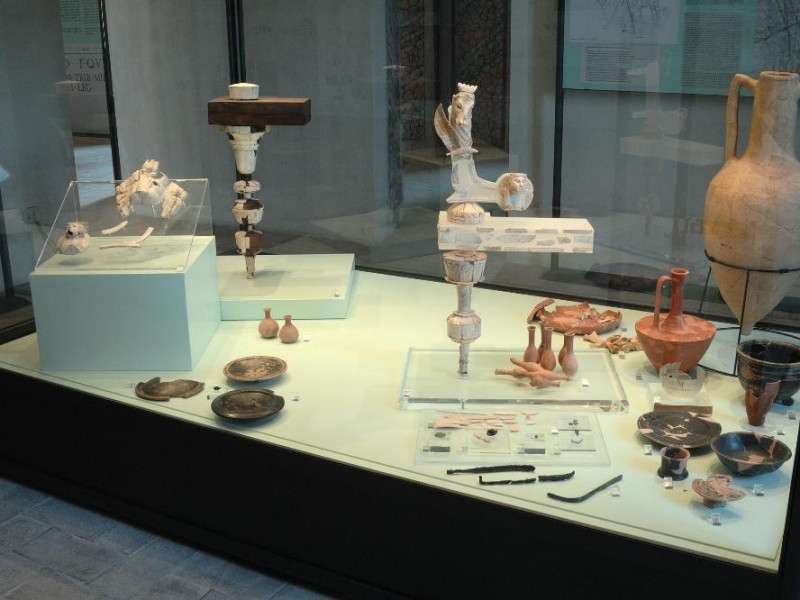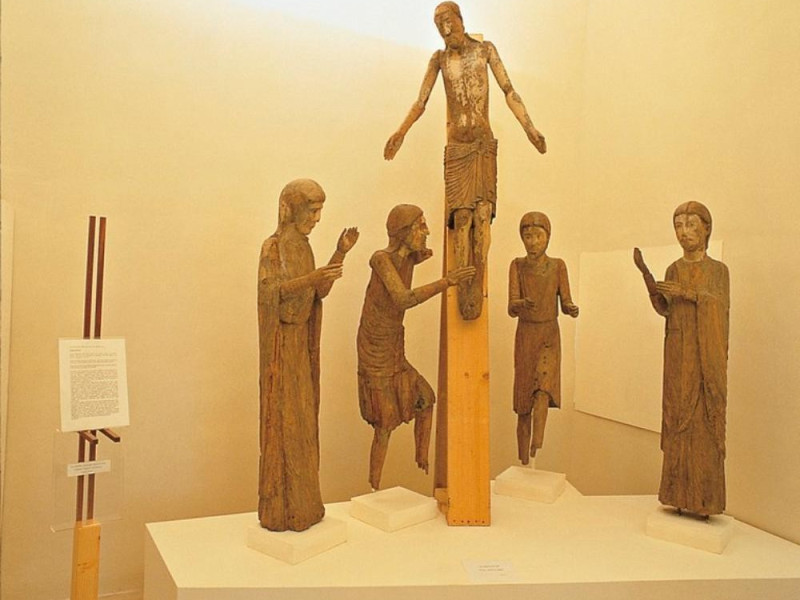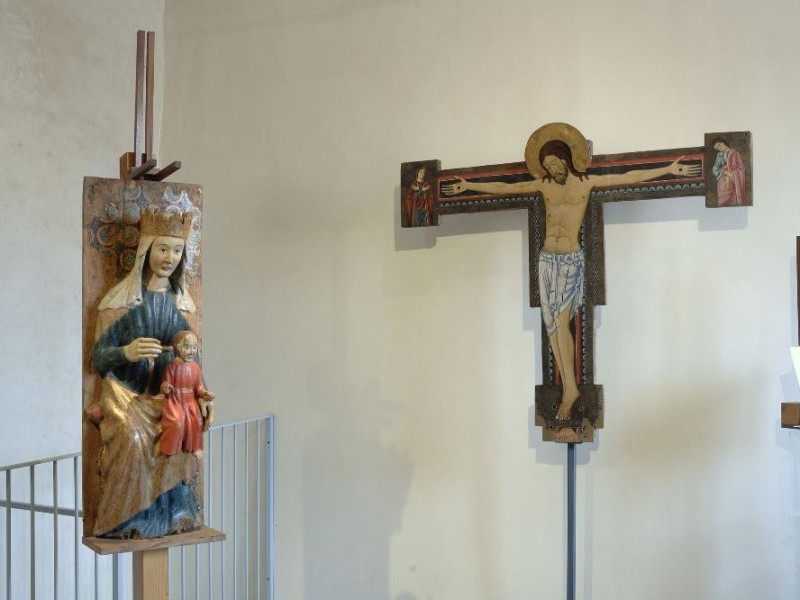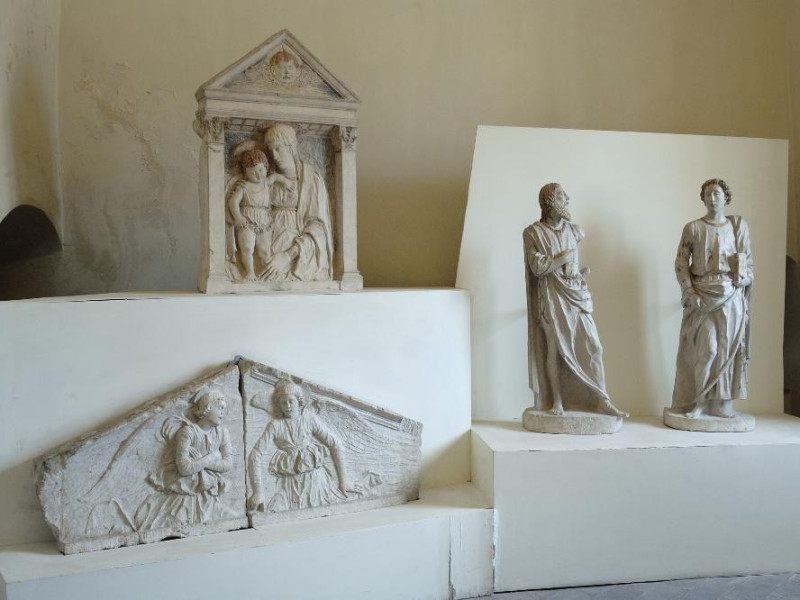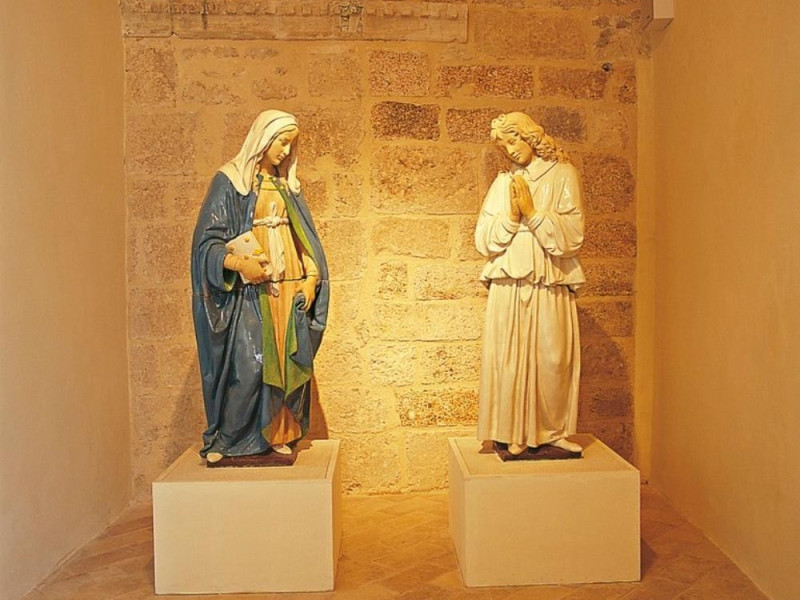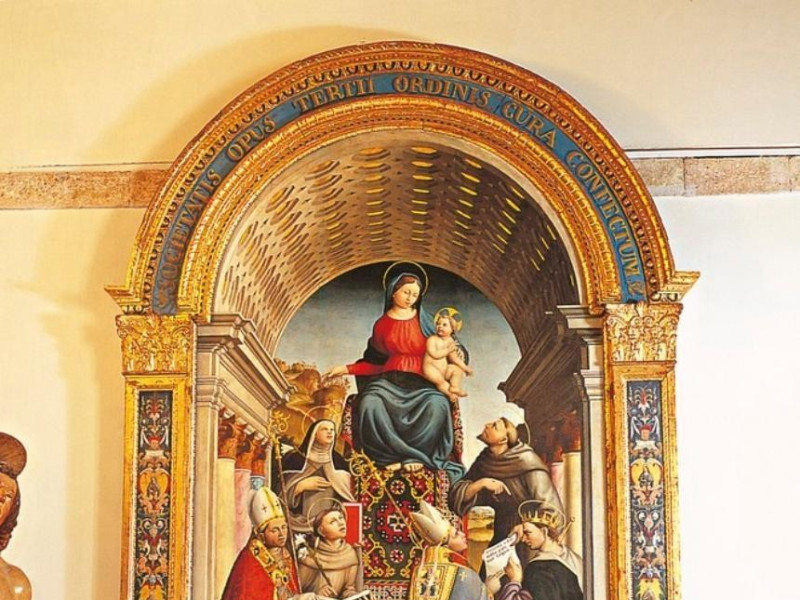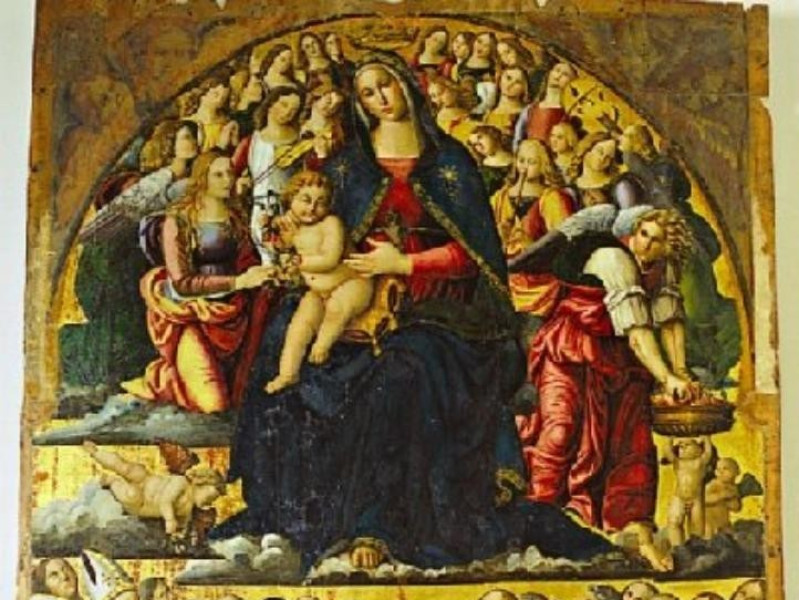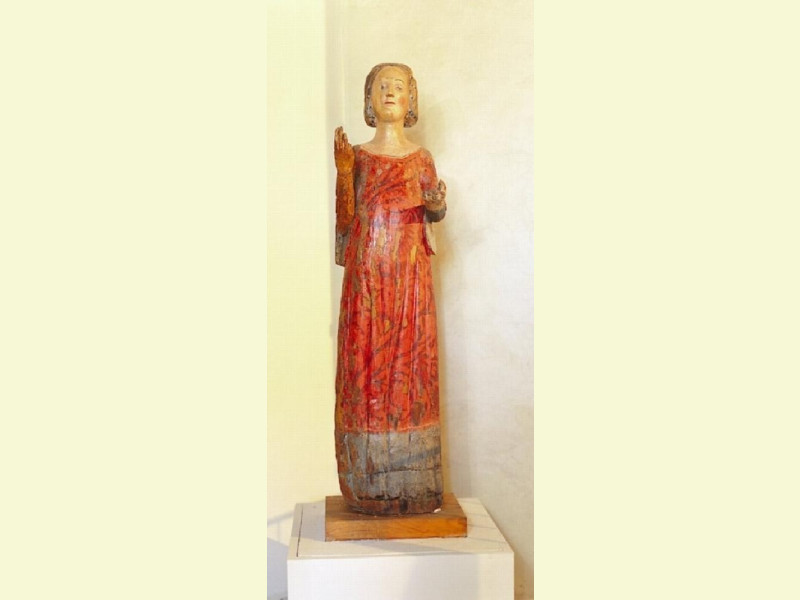Luogo - Museum
Museo civico e diocesano
Where
Piazza San Benedetto, Norcia (Perugia)
Civic Diocesan Museum “La Castellina”
The Museo Civico e Diocesano “La Castellina”—i.e. small fortress—occupies the entire western side of Piazza San Benedetto, a square in the heart of the historical center of Norcia.
The edifice, as ordered by Pope Julius III, was built in 1554 based on a design of Jacopo Barozzi da Viglola and was born as a fortified residence for papal legates and used from the beginning to control the peripheral territories for the Papal State. When the Mountain Prefecture was instituted, in 1569, La Castellina became its natural seat. Restored in the 18th century after frequent earthquakes, in 1860 it became the location for the Municipal offices until 1967, when it was transformed into a Museum.
Apart from the Museums it hosts, La Castellina is important from the architectural point of view. Visiting the Museum also means admiring its ‘container’, a powerful and compact quadrilateral stronghold.
Today, the Civic and Diocesan Museum, the Massenzi Collection and the Permanent Archaeological Exhibition “Leaving for the afterlife” are inside the fortress. The first museum reunites local works of art—liturgical items and vestments, frescoes, paintings on canvases or on wooden panels, wooden polychrome or stone sculptures, and glazed terracotta—of ecclesiastical or municipal property, dating between the 12th and the 18th century. Among these is the 13th century Wooden Cross of Petrus Pictor, coming from the small locality of Campi, or the majestic altarpiece of Antonio da Faenza with The Madonna and Child and Franciscan Saints (1519), which was originally in the Church of the Santissima Annunziata.
The stone sculptures of The Madonna with Child and SS John the Baptist and John the Evangelist (1469), coming from the Church of San Giovanni, are the work of Giovanni Dalmata, while the refined sculptural group in glazed terracotta—from the beginning of the 16th century—of The Annunciation is attributed to Luca Della Robbia. Donated in 2002 to the Museum, the Massenzi Collection—one of the largest private collections of Umbria—is predominantly formed of bronze finds and Etruscan, Greek and, to a smaller extent, Magna Graecia Vases, dating from the 9th century to the Roman Age. A polychrome terracotta statue attributed to Jacopo della Quercia also belongs to the donation.
Finally, there has been a Permanent Archaeological Exhibition entitled “Leaving for the afterlife”, consisting of a recent discovery of rich funerary goods, dating between the end of the 4th and the 1st century B.C., in the Hellenistic necropolises of Colle dell’Annunziata, Popoli and Piano di Santa Scolastica since 2003.

